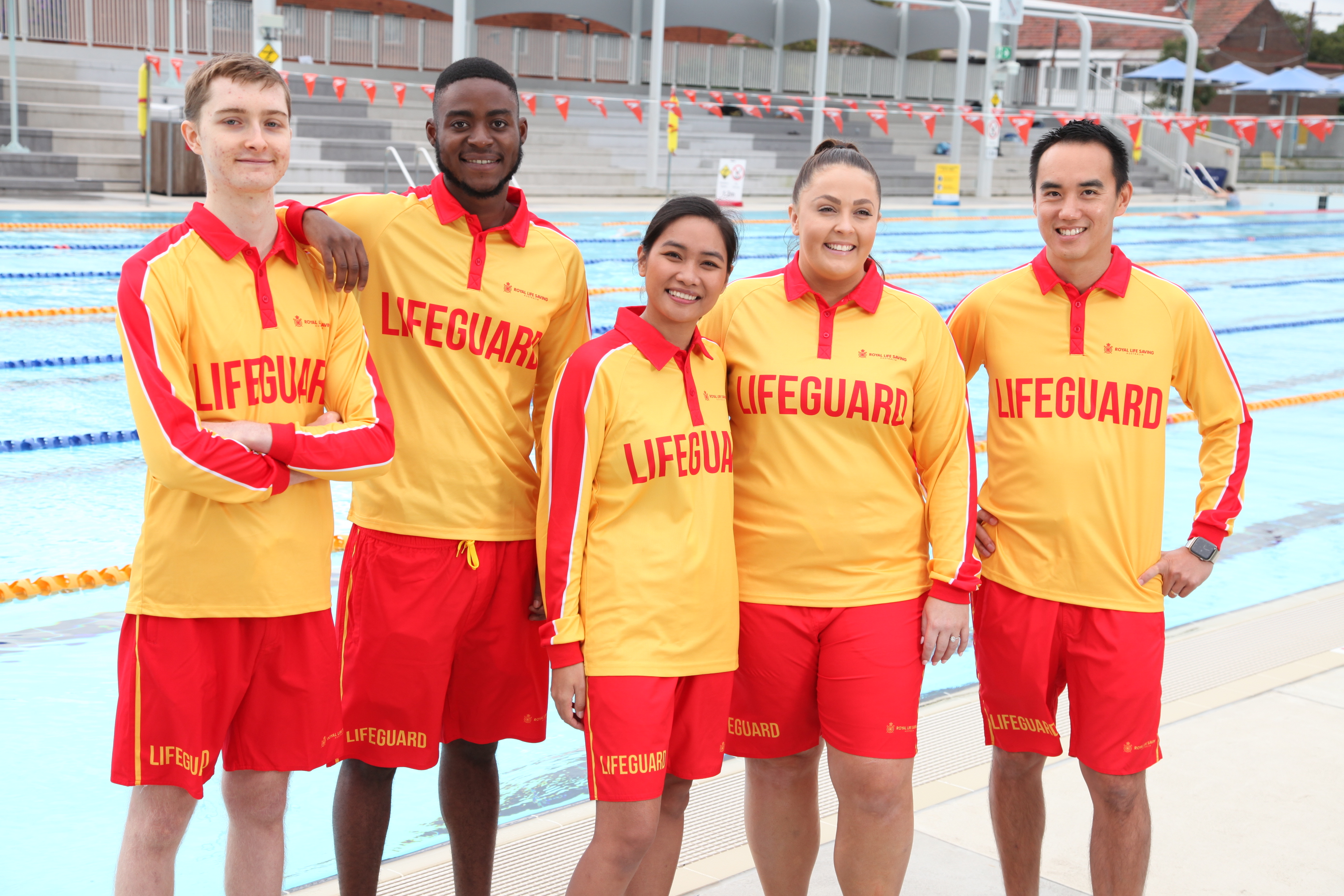Published 22 August 2025
Aquatic and Leisure Sector Eager to Advance Diversity, Equity and Inclusion
Launched today to a webinar audience of more than 400 industry leaders and staff, a landmark study led by Swinburne University in partnership with VicHealth, Royal Life Saving Australia, and AUSTSWIM has found both enthusiasm and opportunities across the aquatic and leisure ecosystem to strengthen diversity, equity and inclusion (DEI) – building on the critical role facilities play in community health, wellbeing, and water safety.
Aquatic and leisure centres are among the most widely used community facilities in Australia, providing opportunities for fitness, social connection, and essential swimming and water safety education. The new research highlights a genuine appetite among staff and leaders to ensure these benefits are accessible to all.
Dr Ryan Storr, the report’s Chief Investigator from Swinburne University, said:
“The sector shows enormous passion and commitment to inclusion. Many facilities are already making positive strides, particularly in disability access, and there is a clear readiness to do more. The challenge now is to channel that enthusiasm into consistent strategies that broaden participation and reflect the diversity of Australian communities.”
The research – the first comprehensive analysis of its kind – draws on a survey of more than 300 aquatic and leisure staff and leaders, focus groups with underrepresented communities, site observations, and a review of inclusive policies and programs. It found:
- Most organisations are in the early stages of DEI maturity, with good intentions but uneven practices.
- Disability inclusion is the most developed area, while First Nations, LGBTIQA+, and culturally and linguistically diverse (CALD) inclusion remain underrepresented.
- Less than half of respondents felt there were opportunities to express their thoughts on diversity issues at work, and only 35% reported clear DEI goals in their organisation.
Michelle Murray, Executive Manager, Health Promotions Systems at VicHealth said the opportunities are significant:
“Aquatic and leisure facilities are places where people connect, belong and thrive. By strengthening equity and inclusion, we can increase participation and ensure that everyone visiting these venues feels safe and welcome. This contributes to improving community health and wellbeing through physical activity, social connection and belonging."
RJ Houston, General Manager – Capability & Industry at Royal Life Saving Australia, emphasised that strengthening DEI improves the impact and community mandate of aquatic facilities:
“Aquatic facilities are among the most important community assets we have – they are places to learn vital swimming and water safety skills, to connect socially, and to build healthier, more resilient communities. Strengthening diversity, equity and inclusion ensures these benefits are shared by all Australians. By embedding inclusive practice, the sector can expand participation, improve safety outcomes, and deliver stronger community impact.”
Georgie Nichol, Executive General Manager at AUSTSWIM, said the workforce is central to this progress:
“Swim teachers and aquatic staff have the power to make every interaction inclusive. Equipping them with the right training and tools will transform good intentions into everyday inclusive practice.”
The report provides a practical DEI Roadmap and Maturity Model to guide organisations from early awareness to sustainable practice. By harnessing the strong appetite for DEI and translating it into coordinated action, the sector is well placed to create more inclusive, welcoming, and equitable aquatic and leisure experiences for all Australians.
The full report, Exploring Diversity, Equity and Inclusion in Aquatic and Leisure Facilities, is available at https://www.royallifesaving.com.au/Aquatic-Risk-and-Guidelines/aquatic-research/state-of-diversity-equity-and-inclusion-at-aquatic-facilities/

